Sticky’s Finger Joint, a fan-favorite chicken chain from New York, has hit a rough patch, filing for bankruptcy amid severe economic strains brought on by the COVID-19 pandemic and multiple legal challenges.
Operating 12 locations in New York and New Jersey, the brand is struggling to keep the business afloat under growing financial pressure.
A Closer Look at the Numbers
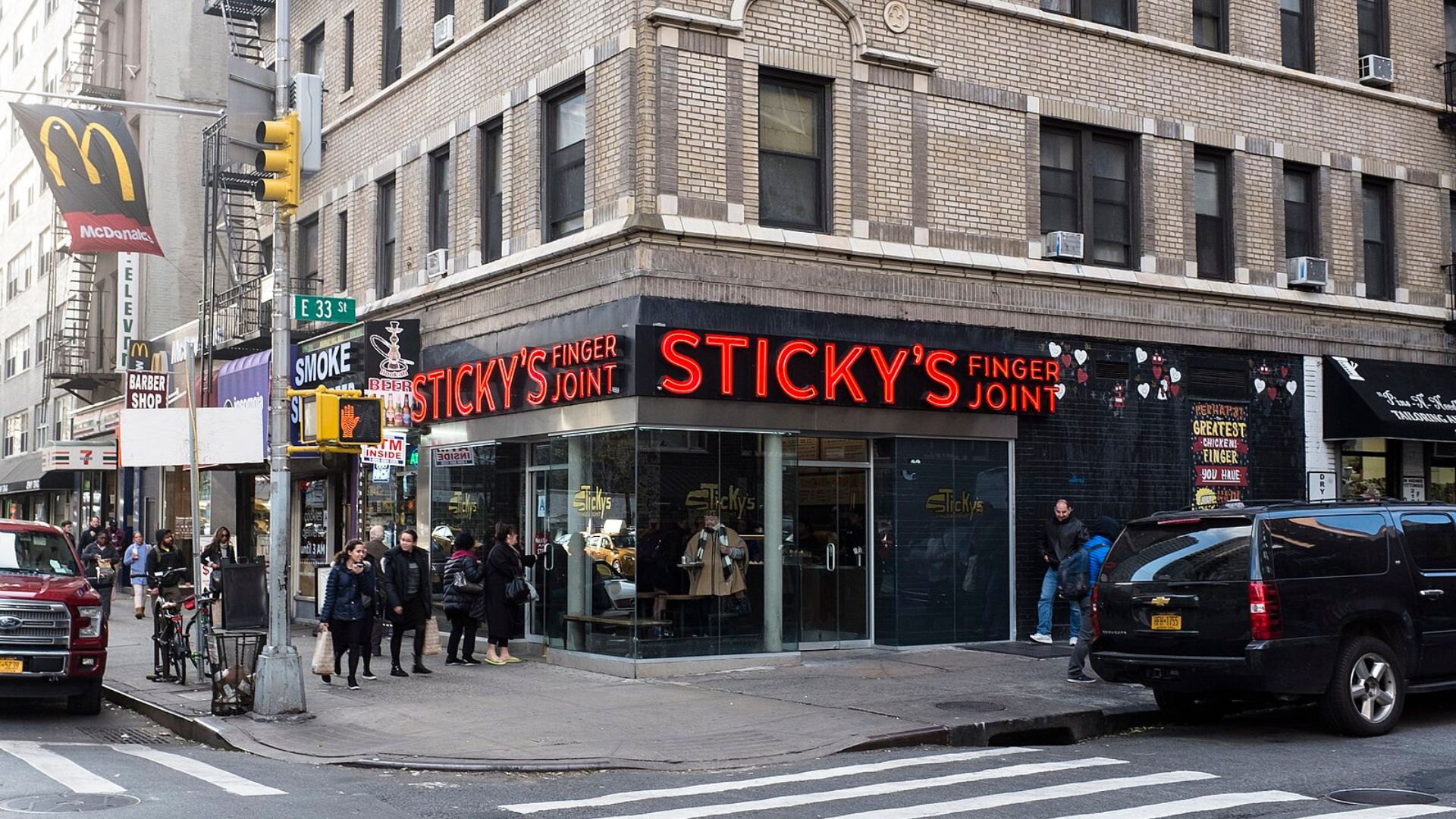
In the wake of filing for bankruptcy, Sticky’s Holdings laid bare its financials—$5.75 million in assets pitted against $4.67 million in liabilities.
Their largest creditor, US Foods, is owed a hefty $449,000. This stark financial reality underscores the deep economic challenges they face as they navigate through restructuring.
Empty Streets, Empty Tables

The bustling streets of New York have grown quieter post-pandemic, significantly cutting down the number of daily customers at Sticky’s.
The Street reports that the new norm of shorter work weeks has thinned out the crowds that used to pop by during their work breaks, heavily impacting sales.
A Costly Recipe
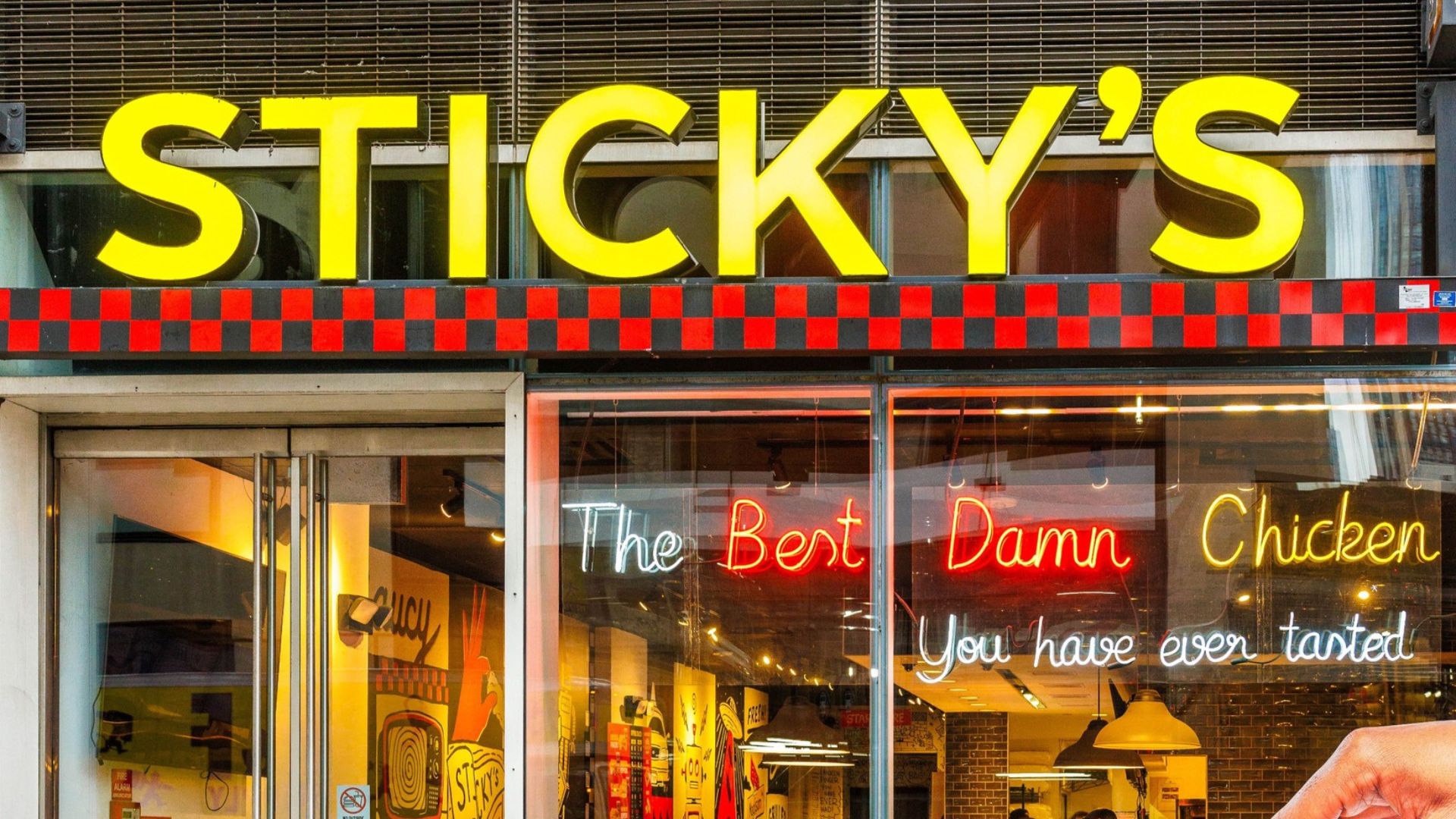
The cost of essential ingredients like chicken and potatoes skyrocketed, as stated in court documents, leading to increased menu prices.
Unfortunately, this move led to even fewer patrons, further straining Sticky’s already precarious financial situation.
Cost-Cutting Measures Backfire
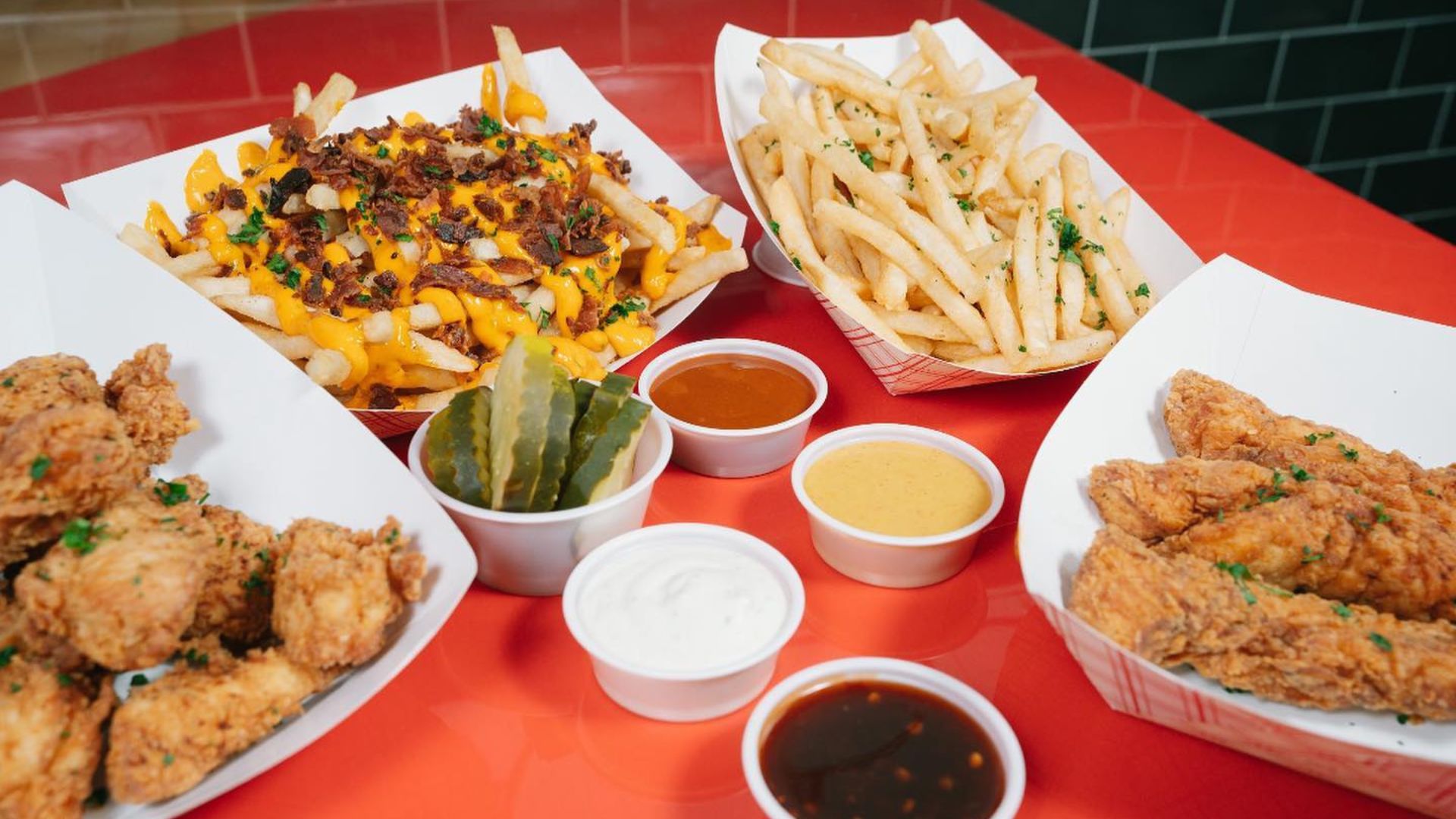
In a bid to slash expenses, Sticky’s closed its corporate offices in New York City in 2021.
The move ended up costing more than it saved when a court ruled that Sticky’s had to pay damages to the landlord for breaking the lease early, adding salt to their financial wounds.
Legal Troubles Accumulate
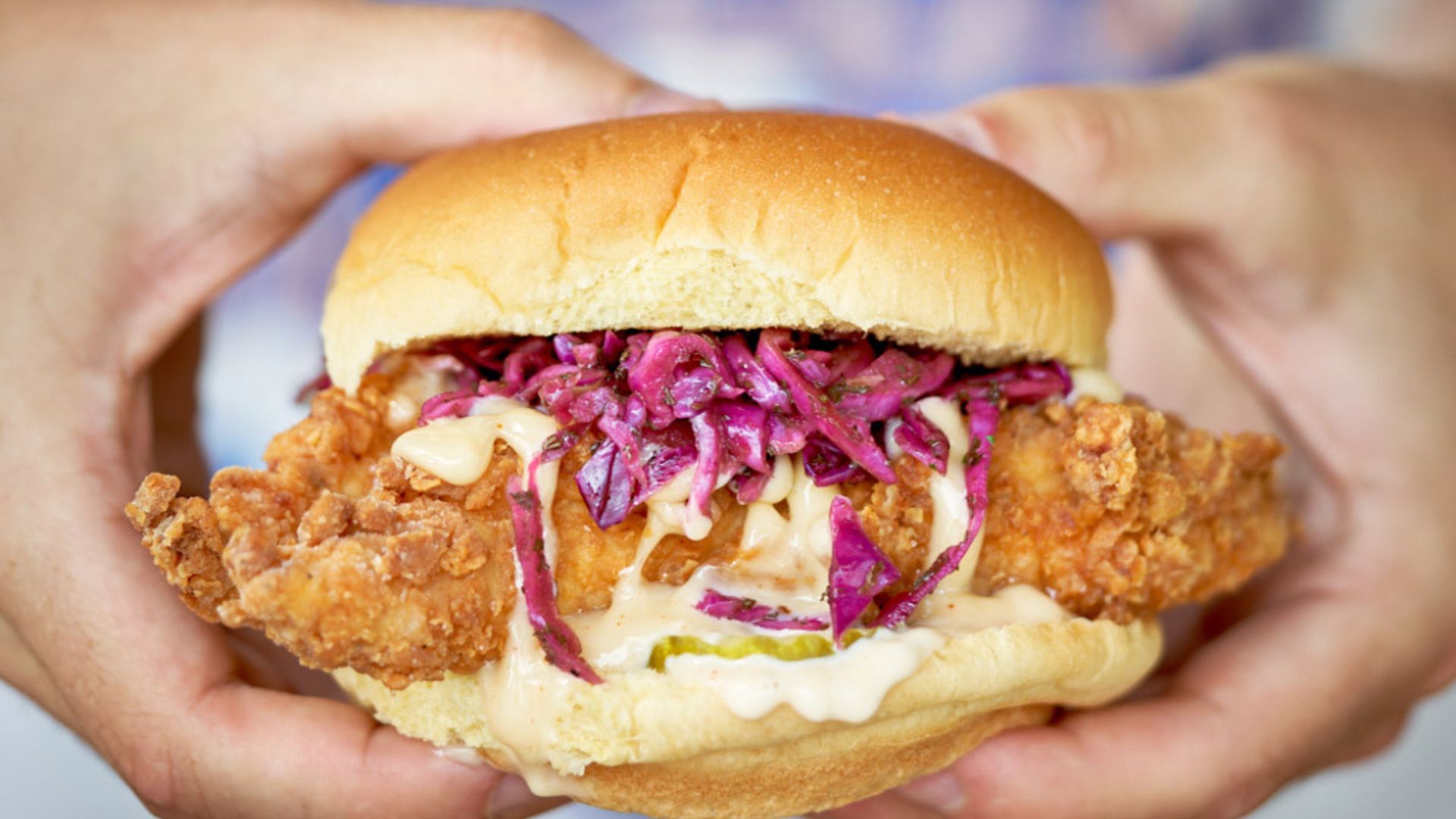
The decision to exit the corporate office lease early spiraled into further legal troubles.
A court ruled that Sticky’s must cover the remaining rent and legal fees, a decision that cost them $600,000. The battle continues as Sticky’s has chosen to appeal this costly judgment.
A Much-Needed Financial Boost
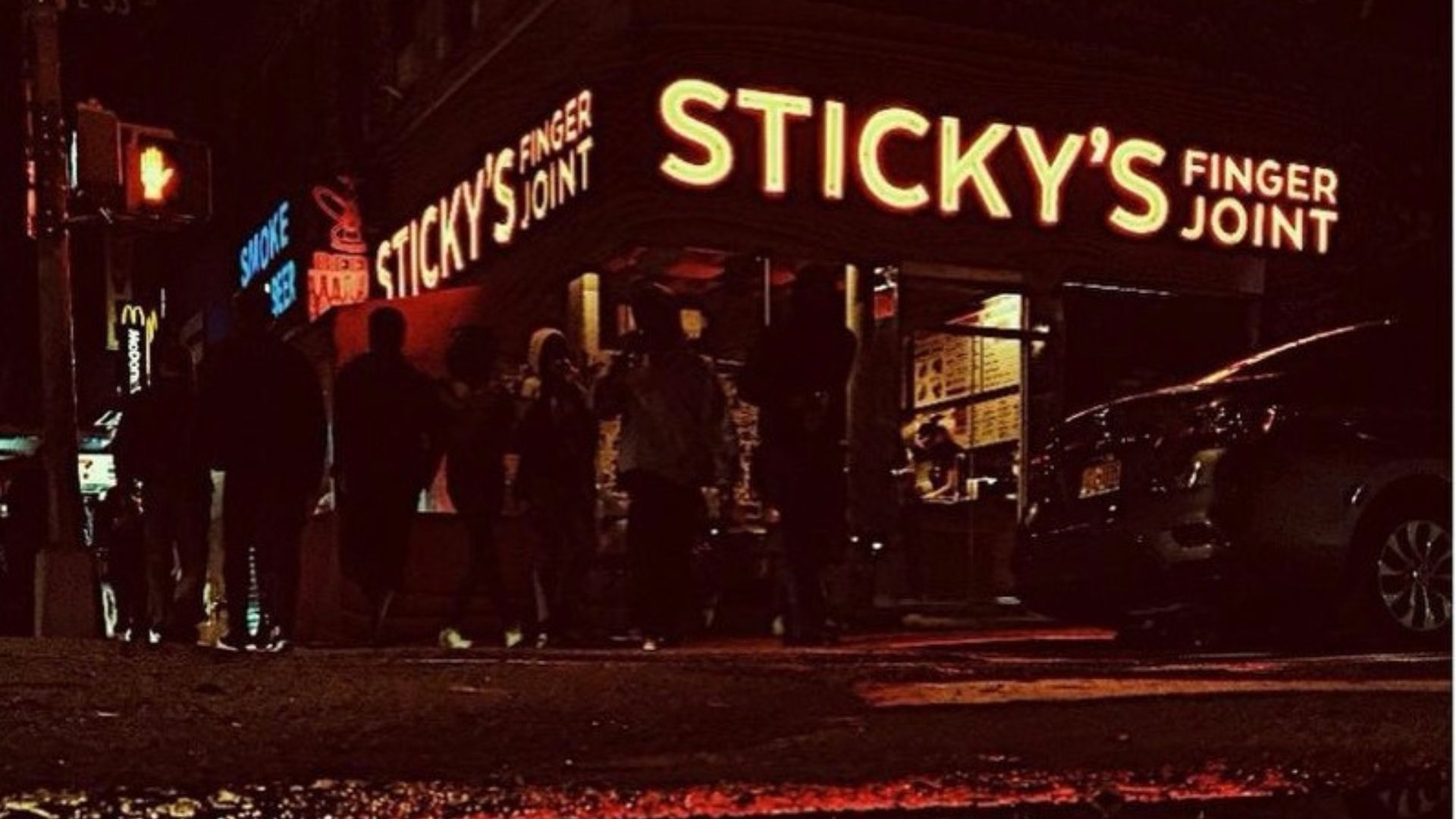
In an effort to stabilize their teetering finances, Sticky’s secured additional funding earlier this year.
CEO Jamie Greer emphasized that while this wasn’t a complete solution, it was critical for the company’s efforts to keep going and restructure.
Strategizing a Turnaround
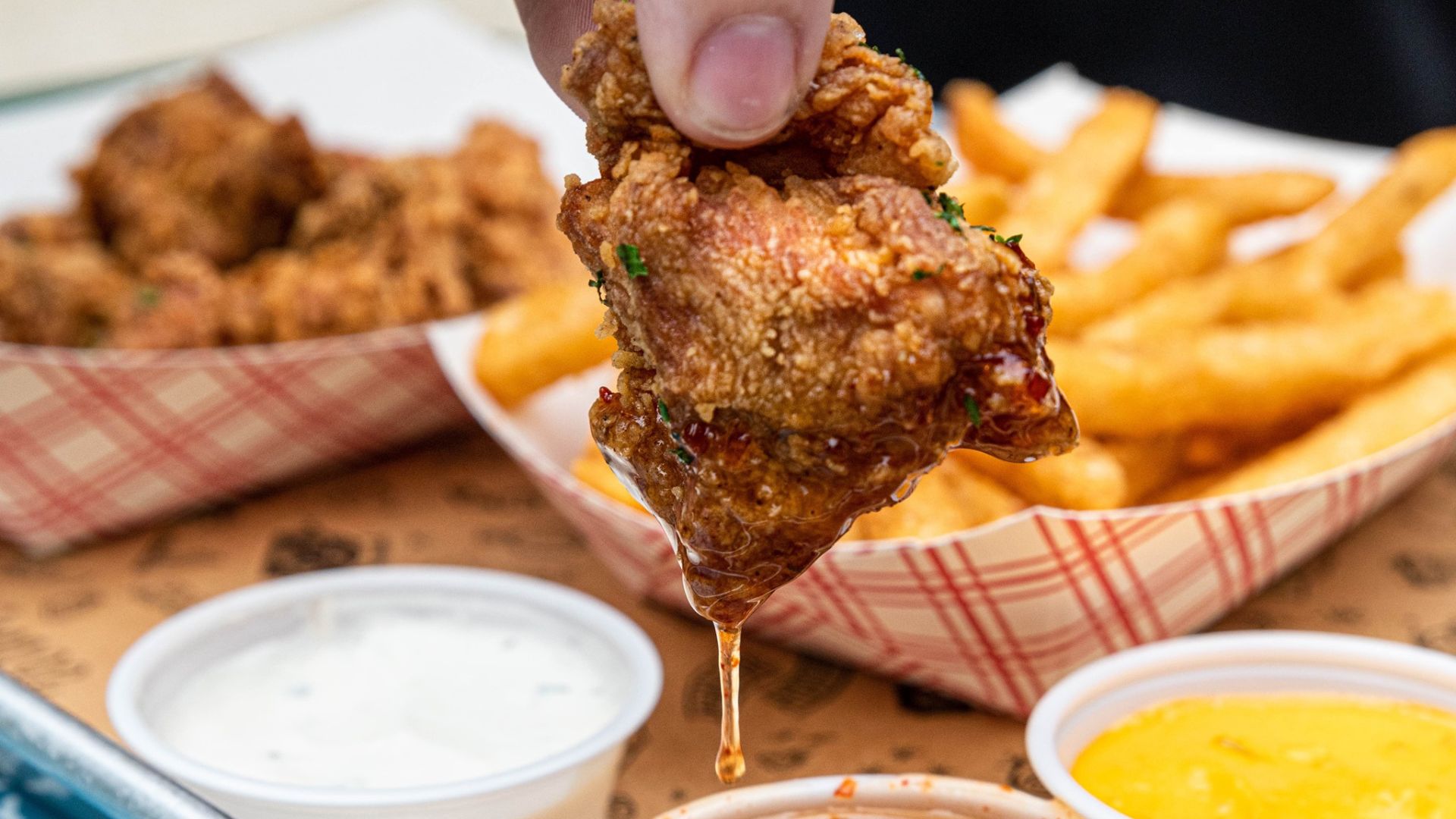
“The Debtors file these cases with the goal of right-sizing their balance sheets and confirming a plan of reorganization,” stated CEO Jamie Greer.
This strategic pivot is intended to manage debts and maintain operations, aiming to preserve the chain’s presence in the community.
A Growing Trend of Restaurant Bankruptcies
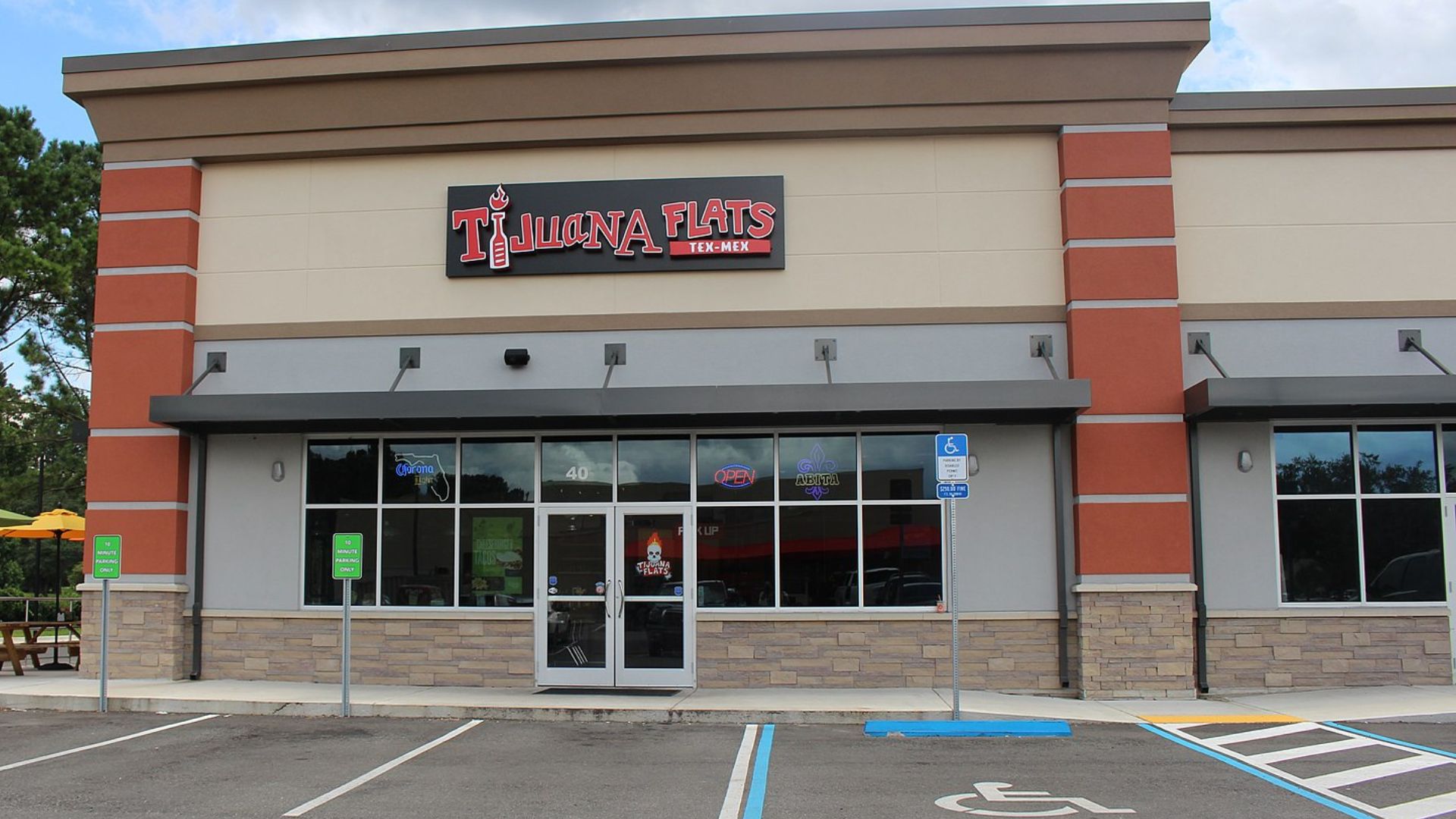
Sticky’s story is part of a larger narrative as they join the ranks of other bankrupt establishments like Tijuana Flats and Oberweis Dairy.
This highlights a troubling trend of financial instability sweeping across the U.S. restaurant industry.
Scaling Back to Manage Crisis

In response to the financial strain, Sticky’s has had to close locations in New York, New Jersey, and Pennsylvania.
Plans to expand through franchising have been put on hold, with no new franchise operations coming to fruition.
Keeping the Doors Open
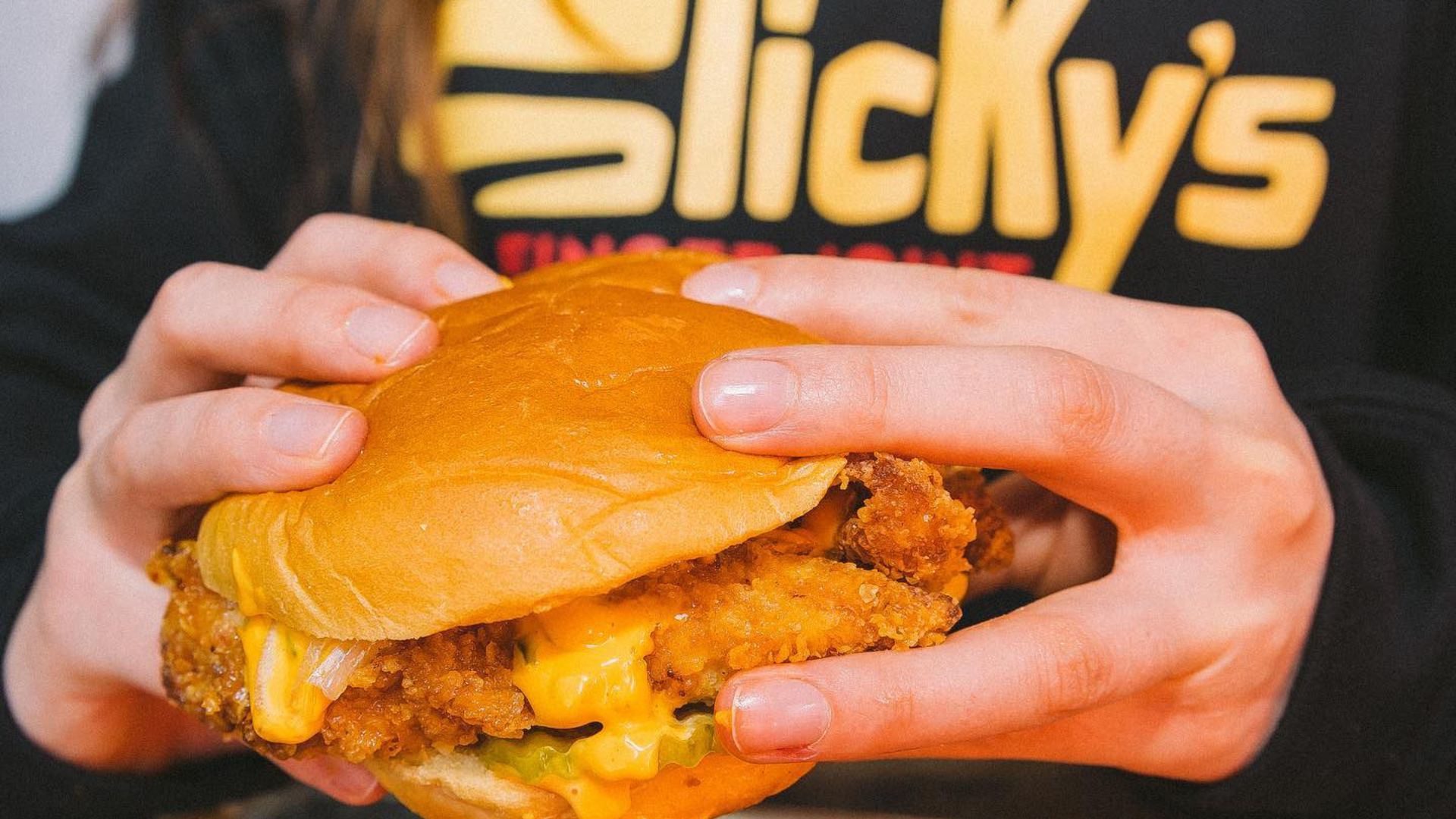
Sticky’s is currently maintaining operations at 12 locations—nine in New York and three in New Jersey.
Despite the setbacks and location closures, they strive to keep serving their customers and maintain a foothold in the competitive fast-food landscape.
Looking to the Future
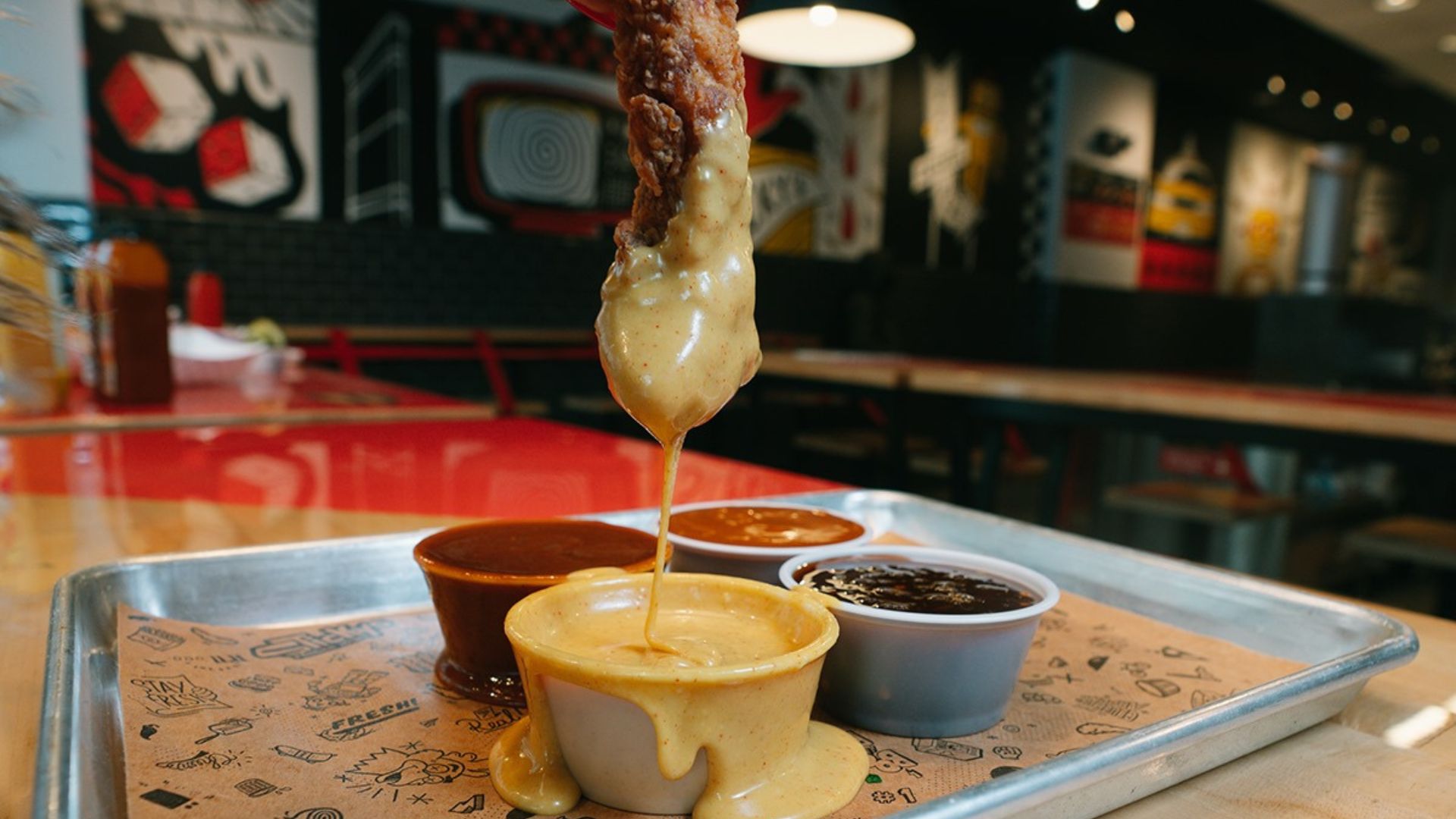
With a focus on recovery and business continuity, Sticky’s is looking to rebuild.
CEO Jamie Greer stated, “The Debtors look forward to working with their creditors, vendors, and other parties in interest as they chart a path to restructuring their balance sheet.” This proactive approach is vital for their hopes of bouncing back and continuing to serve their clientele.
Other Chain Restaurant Bankruptcies

2024 has seen the list of chain restaurant bankruptcies and closures get even longer in just the last few weeks alone. Around the same time Sticky’s declared bankruptcy, Boxer Ramen, a popular ramen chain, announced news of their own.
Earlier this year, the parent company of Boxer Ramen filed for Chapter 11 bankruptcy protection.
Boxer Ramen to Close
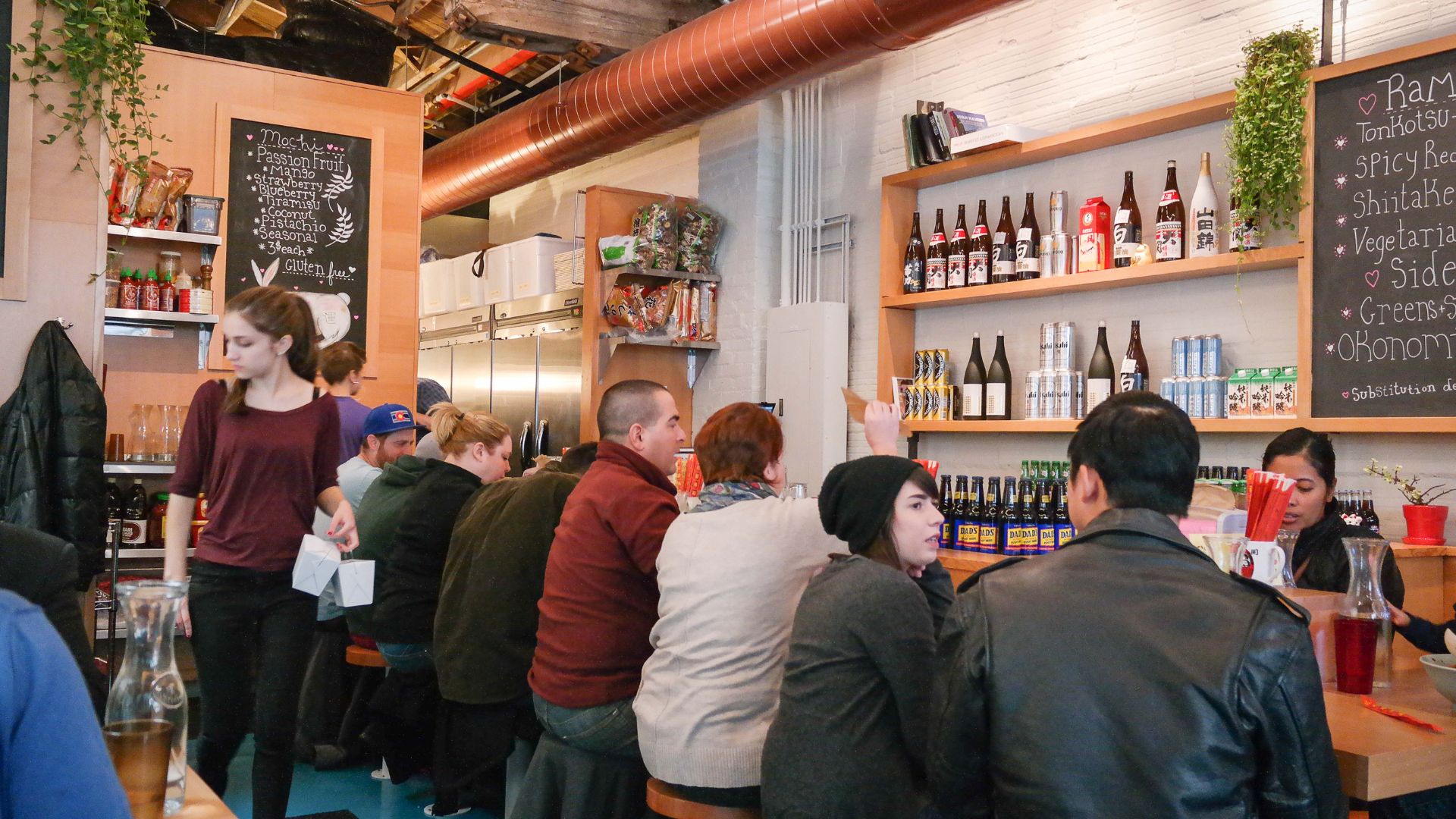
Recently, Boxer announced that it would be closing all four of its restaurants after this bankruptcy filing.
Boxer has pointed to ongoing high inflation issues, as well as pandemic-era factors that continue to hamper the restaurant chain as why they’ve had to fully shut down all their locations.
A Huge Change
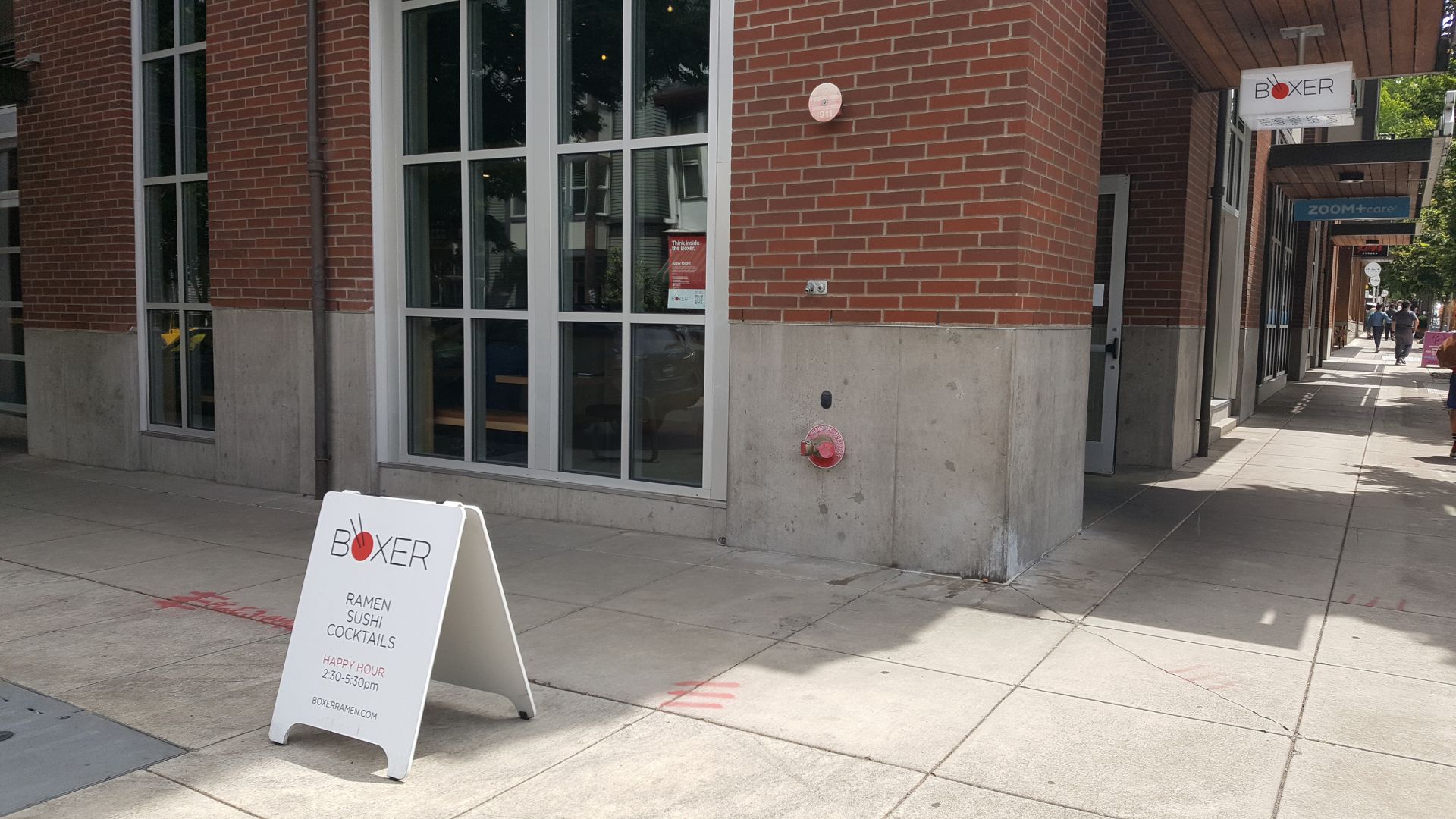
Boxer’s abrupt bankruptcy filing, as well as the decision to close all of its locations, has been a huge shock to many who adore this restaurant chain.
Just last year, in December of 2023, Boxer opened up a brand new location, followed by another new spot in January. This decision to shut down their locations for good is just the latest insight into how restaurants are severely struggling in 2024 throughout the United States.
Red Lobster May File for Bankruptcy
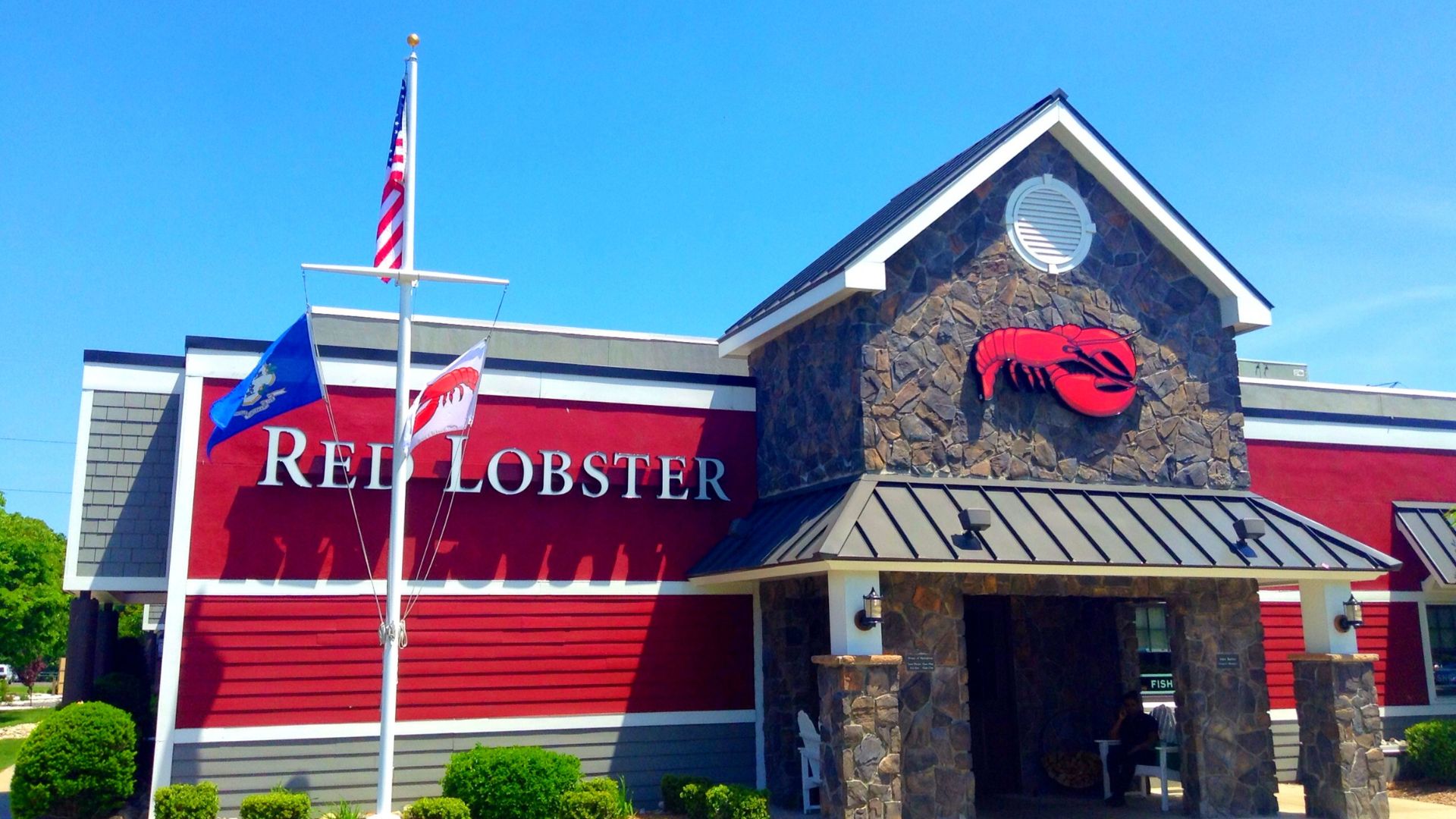
Sticky’s isn’t the only chain restaurant facing major difficulties. Recent reporting has revealed that Red Lobster will possibly file for bankruptcy.
Red Lobster is one of the biggest restaurant chains in the United States. The restaurant has reportedly struggled to deal with high food costs because of inflation, high labor costs, and operating losses.
Restaurants Are Struggling in 2024
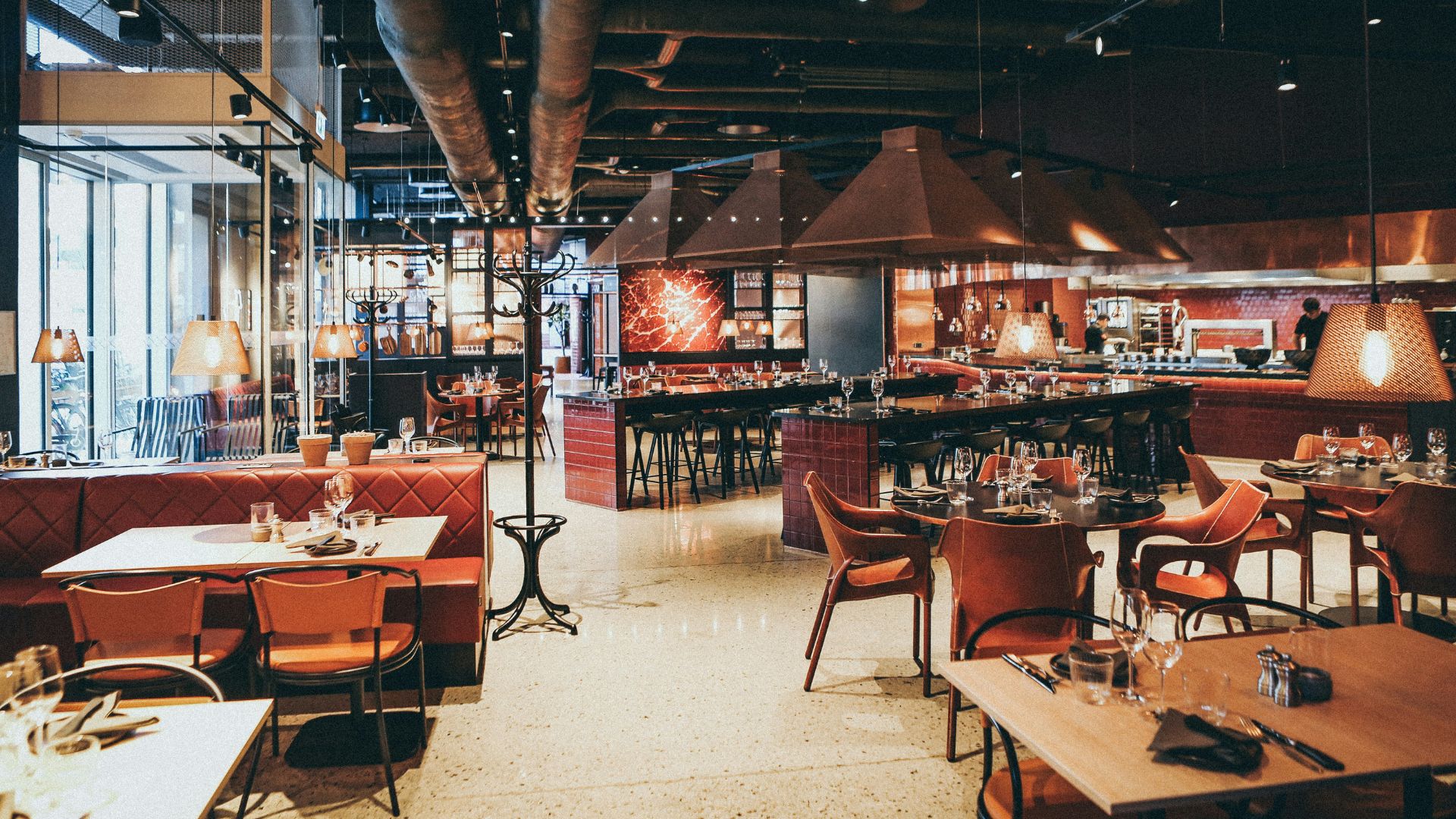
Many restaurant chains have filed for bankruptcy. Others haven’t — but that doesn’t mean they’re not struggling.
Analysts have been warning that a slowing of customer traffic, as well as restaurants having high prices because of high inflation, may continue to hamper restaurant businesses into 2024.
Cracker Barrel’s Issues
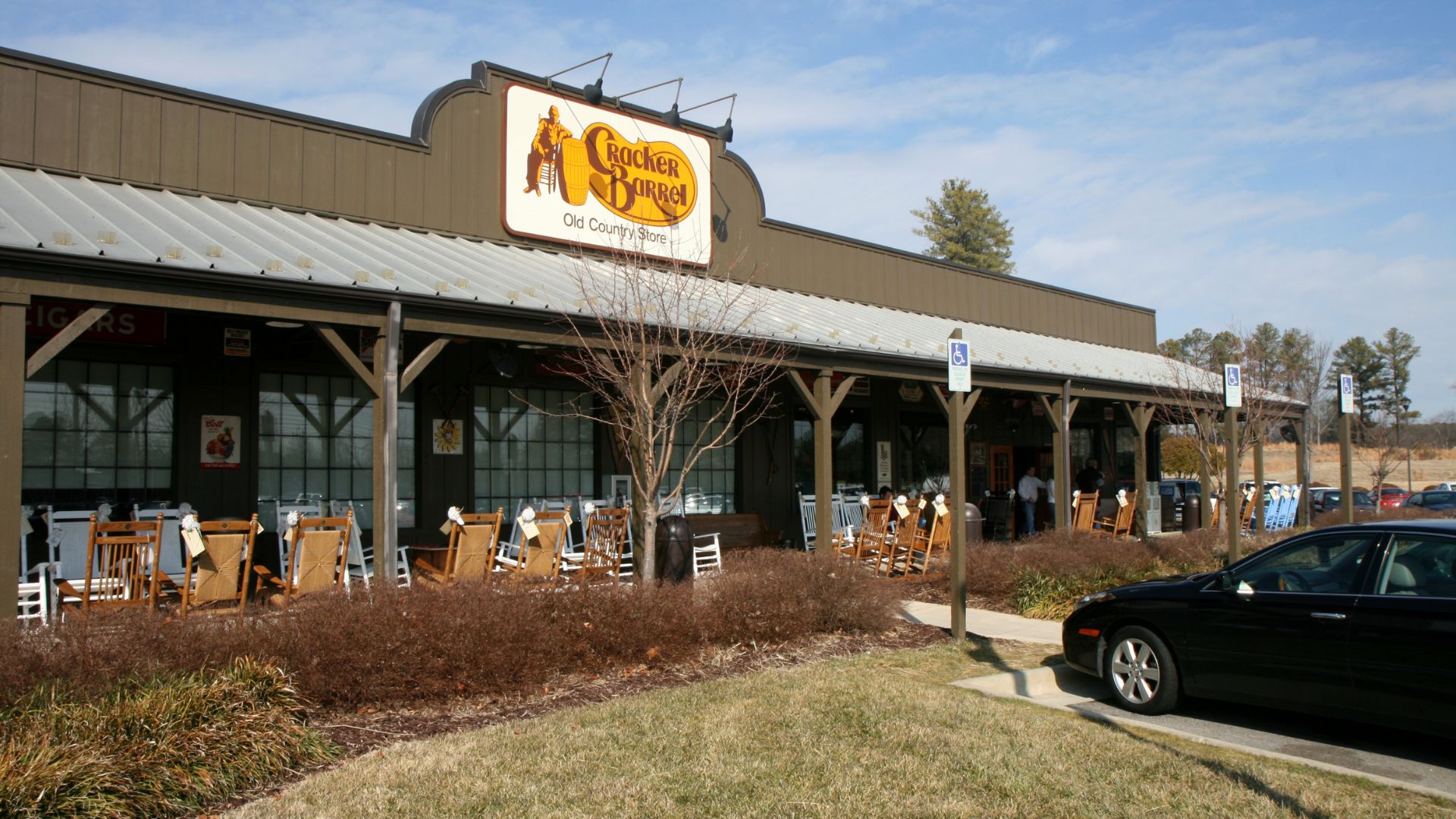
Cracker Barrel is one such example of a restaurant struggling in 2024. This southern country-themed chain that many consumers enjoy has experienced a slowing of traffic recently.
Though the restaurant’s sales haven’t dropped yet, this is likely because they’ve raised menu prices by 4%. During the restaurant’s first quarter, however, they saw a major 7.1% decrease in foot traffic.
Restaurant Chains Are Shutting Down Many Locations
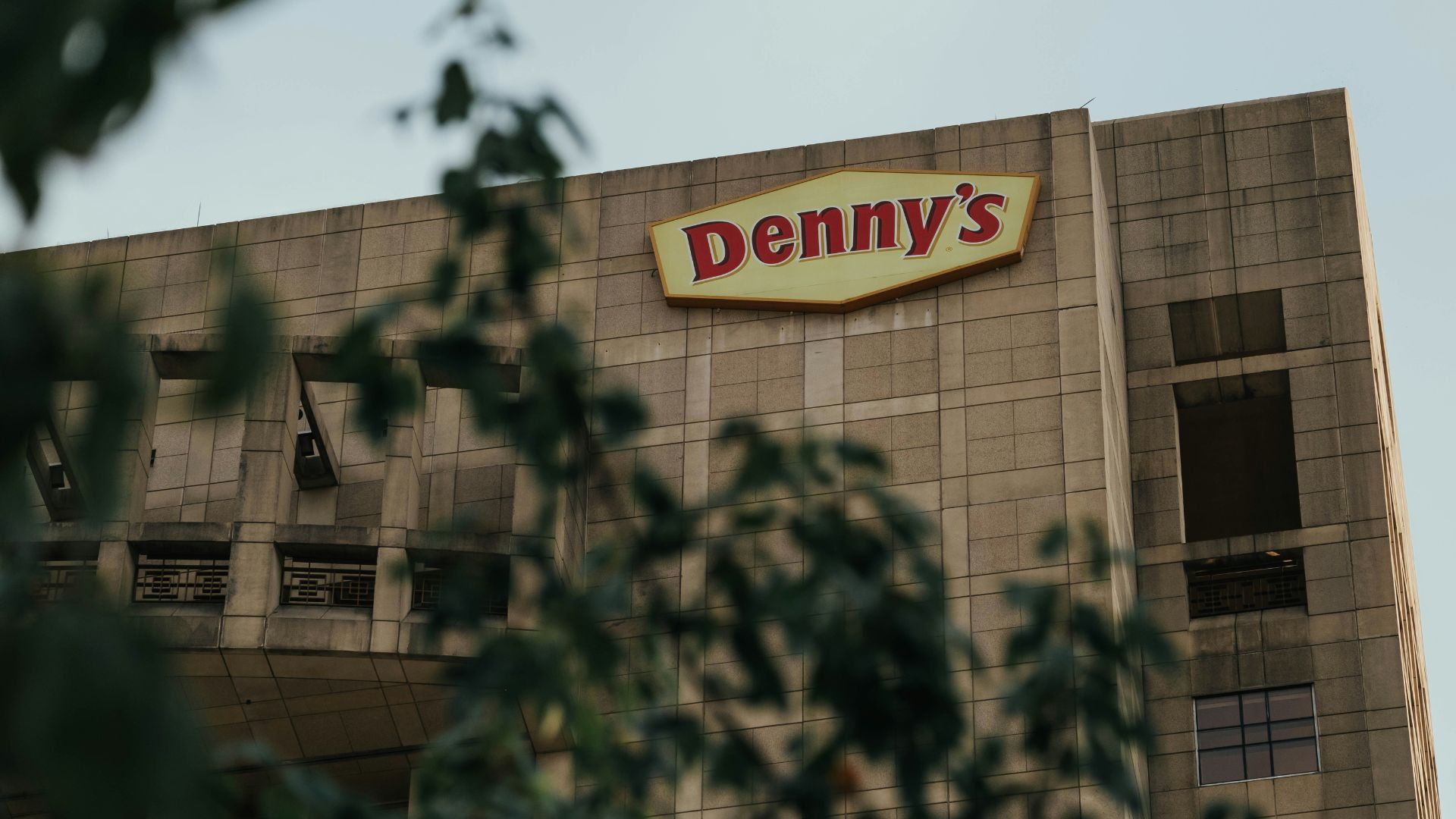
Many restaurant chains have also chosen to shut down various locations around the United States as they try to save profits.
For example, Denny’s had to close 57 locations in 2023 because of high inflation costs. It appears that even more Denny’s locations may close in some areas in 2024 — even though the company also stated they would like to open up 30 new restaurants this year.
A Struggling Applebee’s
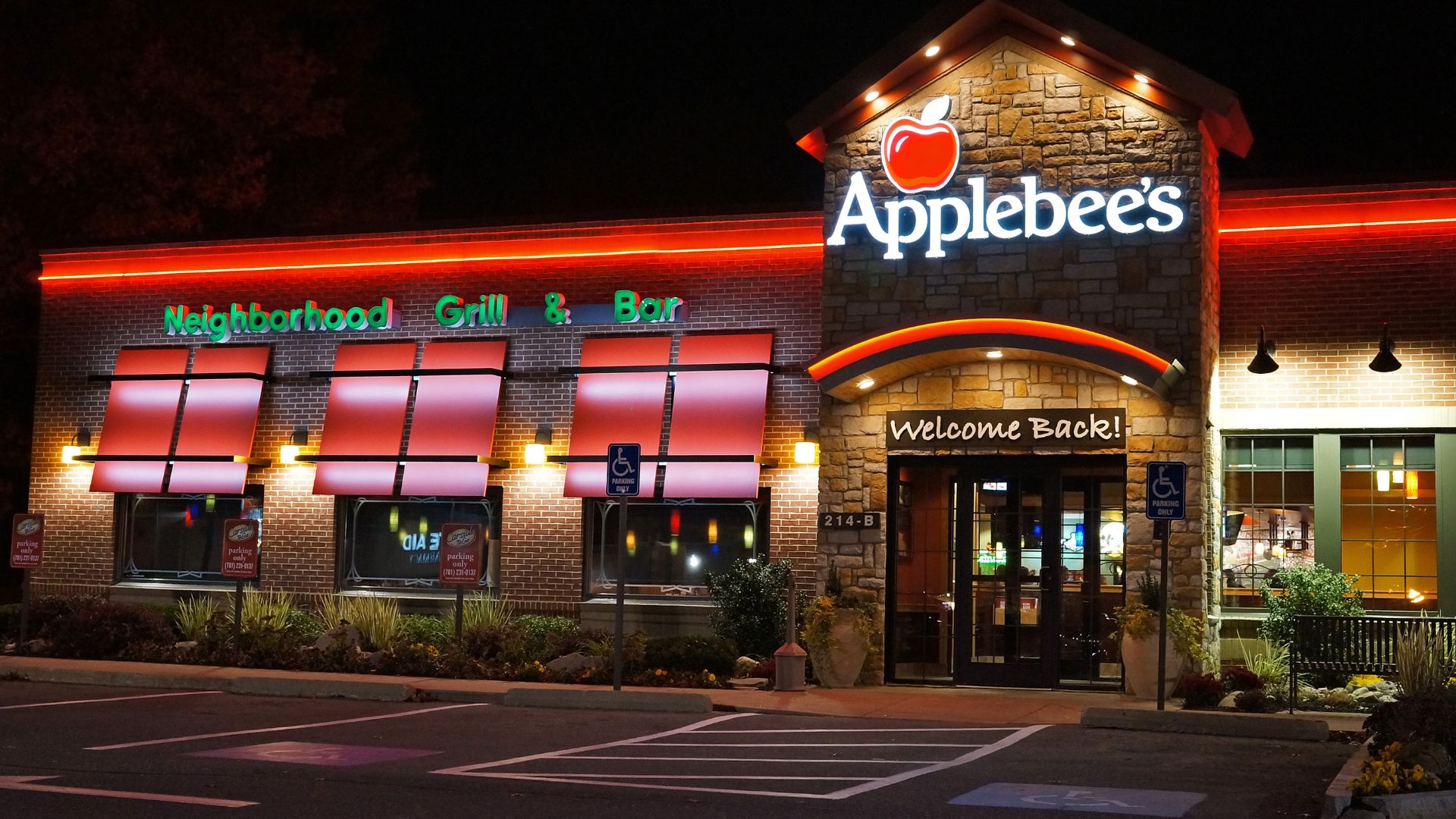
Applebee’s is another restaurant chain that has had to shut down dozens of locations in the last few years. In 2024, Applebee’s will shutter another 25 to 35 restaurants.
This comes after the chain already closed 46 different locations throughout 2023. Since 2017 alone, about 300 Applebee’s restaurants have been closed.
Opening and Closing Restaurants

Many restaurant chains close down many of their locations, only to then open up more in different areas as they try to fix some of their struggles.
While Outback Steakhouse had to close dozens of stores recently, its parent company Bloomin’ Brands has plans to open 18 new restaurants in 2024.
Cost vs Demand

There are many reasons why so many chain restaurants have such severe struggles in 2024. High inflation is one of the biggest factors in these issues that restaurants are facing.
The rising cost of food has resulted in many consumers refusing to eat out as much as they did before. As a result, the post-pandemic demand for eating out that has been so high in the past few years may finally be coming to an end.
A Statewide Issue

These issues aren’t just faced by restaurants in some states. A common myth is that restaurants in certain states — such as California and New York — are struggling more than others elsewhere because of the high cost of living and high inflation in these areas.
In reality, restaurants throughout the country are facing difficulties. Many restaurants in Texas are continuing to struggle, even after they managed to survive the pandemic.
Inflation Remains a Problem
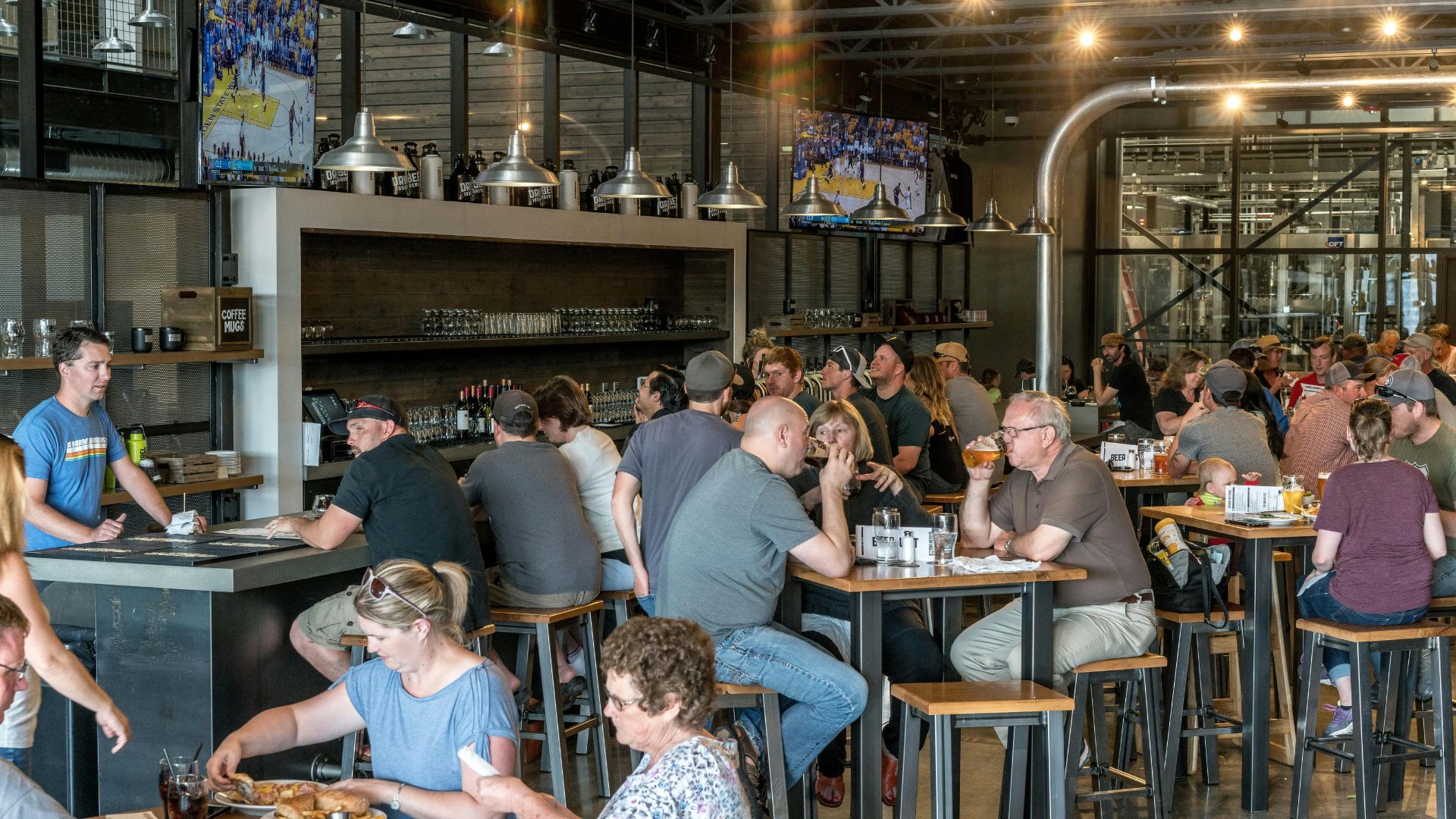
As inflation remains, menu prices will likely continue to go up. These high prices at restaurants — and even at fast food joints — will make consumers less willing to spend their money on eating out.
As a result of this ongoing problem, the country’s chain restaurants may continue to see bankruptcy filings and sudden closures.
